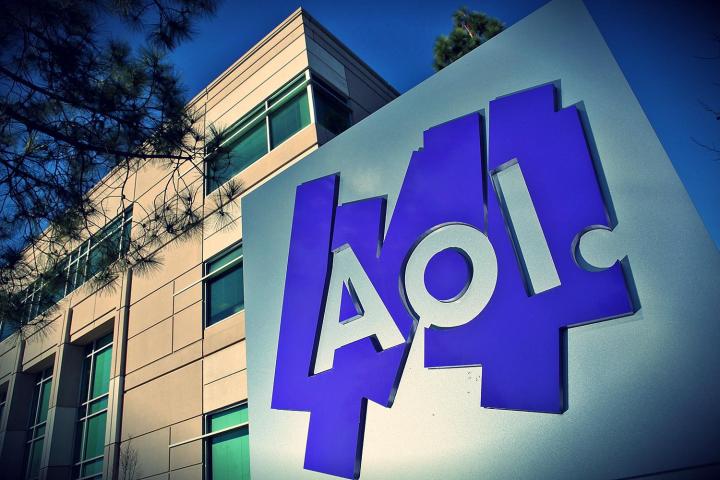
If you’ve received any strange looking emails, you might want to refrain from touching them. AOL Mail has been compromised by hackers, and people are getting tainted emails, according to PCMag.
However, this isn’t your run-of-the-mill case of hackers taking control of people’s accounts and using them for nefarious purposes. The cyber criminals are employing a method called spoofing to fool people into opening these messages.
Here’s how AOL describes spoofing, according to this official blog post:
“Spoofing is when a spammer sends out emails using your email address in the From: field. The idea is to make it seem like the message is from you – in order to trick people into opening it.”
AOL also says that the messages don’t come from AOL, and do not make contact with AOL Mail’s system, and are merely manipulated to make it seem like that to the recipient of the message.
Fortunately, there are a few ways to tell whether you’re the target of a spoofing attempt. If you get any “mailer-daemon” error messages that don’t match up with any emails you’ve sent out, that could be a sign that you’re a target. You only get such messages if you attempt to send an email to an account that doesn’t exist or is no longer active. Also, if you get emails from accounts which also indicate that you sent them messages you didn’t write, you might be a target of spoofing.
To combat this threat, AOL recommends that you change your password, but considering that spoofing doesn’t necessarily mean your account is compromised, we’re not sure how doing so would help here. Overall, if you’re Eagle-eyed, and follow the above tips you’ll likely be able to avoid any spoofing-related headaches.
Editors' Recommendations
- You don’t have to use Bing – Google Search has AI now, too
- Be honest. The new MacBook Pro looks great, but you don’t need it


